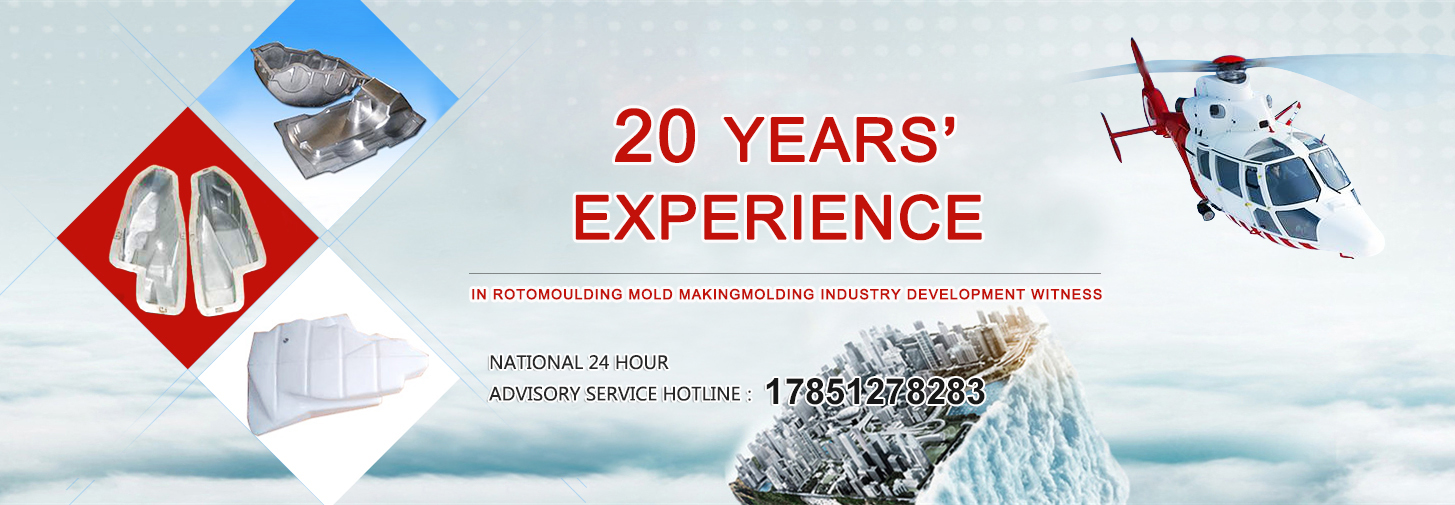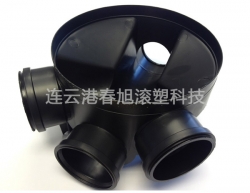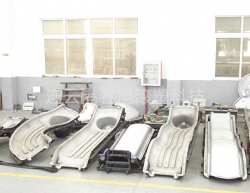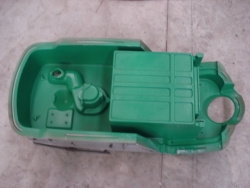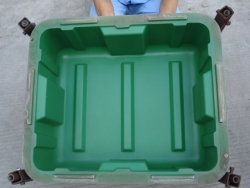Automotive fuel tank safety performance requirements and test methods
date::2016-07-27 author: click:
1 Scope
This standard specifies the safety performance requirements and test methods for gasoline fuel tanks and diesel fuel tanks.
This standard applies to metal fuel tanks and plastic fuel tanks of M-type and N-type automobiles.
2 Definitions
This standard uses the following definition.
2.1 Fuel tank
The independent box assembly, which is fixed to the car for storage of fuel, is assembled from the fuel tank body, the filler pipe, the fuel filler, the fuel tank cap, the pipe joints and other attachments.
2.2 Fuel Leakage
The fuel drops in a linear or drop shape within the fuel tank.
2.3 Rated capacity
The fuel tank volume is specified in the fuel tank design parameters.
2.4 Fire Test Liquid Holder
Flat bottom container used to burn fuel in fire resistance tests.
2.5 Fire Test Shed
In the fire resistance test, the plate is covered on the refractory tester.
2.6 Fuel Tank Vulnerable Parts
According to the shape of the fuel tank and the way it is assembled, the fuel tank is most vulnerable to impact damage.
2.7 Fuel tank ventilation device
Including safety valves, intake valves, exhaust valves, and exhaust ports for fuel tank evaporative emission control.
2.8 Angle hammer
Plastic fuel tank test steel impact body.
3 safety performance requirements
3.1 The rated capacity should be controlled to 95% of the maximum liquid capacity of the fuel tank. The fuel tank with rated capacity above 95L must be equipped with a safety valve device. The safety valve device can be attached to the fuel tank or in the accessory system. When the fuel tank is in a fire, this device can prevent the tank from breaking due to the internal pressure increase.
3.2 The fuel tank equipped with fuel evaporative emission system must have an exhaust port. The exhaust port should be located above the oil level when the gas tank is full to ensure that evaporative emissions can be discharged from the tank at any time.
3.3 Fuel Tank Cover Sealing
The maximum leakage of the diesel tank cover must not exceed 30 g/min; the fuel tank cover must not be allowed to leak.
3.4 Safety valve opening pressure
For fuel tanks equipped with safety valve devices, the opening pressure of the safety valve shall be 35-50 kPa. After the safety valve is opened, the pressure in the fuel tank shall not be more than 5 kPa higher than the opening pressure of the safety valve.
3.5 Vibration durability of fuel tank
The fuel tank is tested in accordance with 4.3 and no leakage of the fuel tank is allowed.
3.6 Pressure resistance of metal fuel tank
Metal fuel tanks are tested in accordance with 4.4. Leakage and cracking are not allowed.
3.7 Pressure resistance of plastic fuel tank
The plastic fuel tank is tested according to 4.5. Leakage and cracking are not allowed, but permanent deformation may occur.
3.8 Low temperature impact resistance of plastic fuel tank
The plastic fuel tank is tested according to 4.6. No leakage of the fuel tank is allowed.
3.9 Plastic Fuel Tank Heat Resistance
The plastic fuel tank is tested according to 4.7 and does not allow the fuel tank to leak.
3.10 Fire resistance of plastic fuel tank
The plastic fuel tank is tested according to 4.8 and no leakage is allowed.
4 Experimental methods
4.1 Fuel Tank Cover Sealing Test
Add the rated capacity of water to the fuel tank, cover the fuel tank cap, seal all other inlets and outlets, turn the fuel tank to the center line of the filling port perpendicular to the ground, wait 15 seconds after the fuel tank cap is stable, use the stopwatch to time, Dosage cup water, measure the amount of leakage of 1min.
4.2 Safety valve opening pressure test
Cover the fuel tank cap, seal all other inlets and outlets, and apply compressed air to the fuel tank so that the pressure gradient in the fuel tank rises to 55 kPa at a rate of 8 kPa/min.
4.3 Vibration durability test
The simulated fuel loading of the fuel tank is fixed on the vibration test bench. A rated amount of water is added to the fuel tank, the fuel tank cap is closed, all inlets and outlets are sealed, and the vibration test is performed according to the regulations.
4.4 Metal fuel tank pressure test
The metal fuel tank simulation loading mode is fixed on the test device, and all inlets and outlets are sealed. 80 kPa pressure is applied to the fuel tank and the pressure is maintained for 30 s.
4.5 Pressure test of plastic fuel tank
Plastic fuel tank simulation loading model fixed on the test device, maintaining an ambient temperature of 53 °C ± 2 °C, to the fuel tank by adding 53 °C ± 2 °C rated capacity of water, cover the fuel tank cap, seal all imports and exports Apply 30 kPa pressure to the fuel tank and maintain pressure for 5 h.
4.6 Impact angle test of plastic fuel tank
Requirements for diagonal hammers: steel impact bodies with an equilateral triangle on the side and a square on the bottom with a mass of 15 kg and a transition radius between the apex and the edge of 3 mm.
The fuel tank simulation loading mode is fixed on the test device. Add a mixture of rated water and ethylene glycol or non-corrosive low freezing point liquid (freezing point temperature below 50°C) to the fuel tank until the liquid temperature in the fuel tank drops to -40°C±2°C. Use the impact hammer energy of 30J to hit the vulnerable parts of the fuel tank. Each time a different part of the test should use a new fuel tank sample.
4.7 Plastic fuel tank heat resistance test
The fuel tank simulation loading mode is fixed on the test device. Add 1/2 rated capacity of 20 °C ± 2 °C water to the fuel tank at an ambient temperature of 95 °C ± 2 °C (if placed at 95 °C ± 2 °C Place in water vapor medium) for 1 h.
4.8 Plastic Fuel Tank Fire Resistance Test
The requirement for the fireproof test liquid retainer: its length and width should be 200-500 mm larger than the horizontal projection size of the test fuel tank. The side is higher than the fuel surface by no more than 80mm, and it can hold fuel that can be burned for more than 5 minutes in the free burning state.
Requirements for fireproof test booths: The thickness is 70 mm, made of refractory material, and a long hole with a size of 15 mm×30 mm is evenly distributed on the board. The total area of long holes is equivalent to 60% of the area of the flat plate.
The fuel tank is fixed on the test device according to the actual loading state. If the vehicle is equipped with components that affect the spread of fire, the test device should also be installed. Add 1/2 rated capacity of the same fuel grade as the engine combustion oil to the fuel tank. During the test, all openings of the fuel tank should be sealed, but the ventilation device should be in normal working condition.
Not affected by the wind, the test is carried out in four phases:
a) Pre-combustion stage
Suspend the liquid filled with gasoline (branded as engine combustion oil) for 5 minutes of continuous combustion for 60 seconds outside the fuel tank.
b) Direct contact with the flame stage
Immediately adjust the liquid receiver so that the distance between the liquid level and the bottom of the fuel tank is the same as the height of the fuel tank from the road in the empty state. The position should be such that the flame contacts the bottom surface and all sides of the fuel tank, and then exposes the fuel tank to the The flame continued for 60 s.
c) Indirect contact with the flame contact phase
Immediately cover the holder with a partition for 60 s.
d) End of test
The buoyant liquid container and the partition were immediately evacuated to the outside of the fuel tank 3m. If the fuel tank is still on fire, it should be extinguished immediately.
tags:Plastictankmanufacturers
next:Rotary Molding Industry Development Overview
Related Products:
related news:
- The advantages of plastic trash cleaning, you make it?
- What are the transport advantages of plastic pallets?
- Twenty-five years of grinding, domestic full rotomolding cars are expected to enter ten million homes
- The trend of rotomolding plastic tanks
- Popular new trends - plastic furniture abroad popular
- Plastic tray manufacturers may be able to use the transformation to ease the pressure of overcapacity
- What are the advantages and features of plastic trays?
- Warmly welcome relevant leaders to visit and guide the company
- The status of plastic trays in China
- Vertical flat bottom plastic tank product performance


